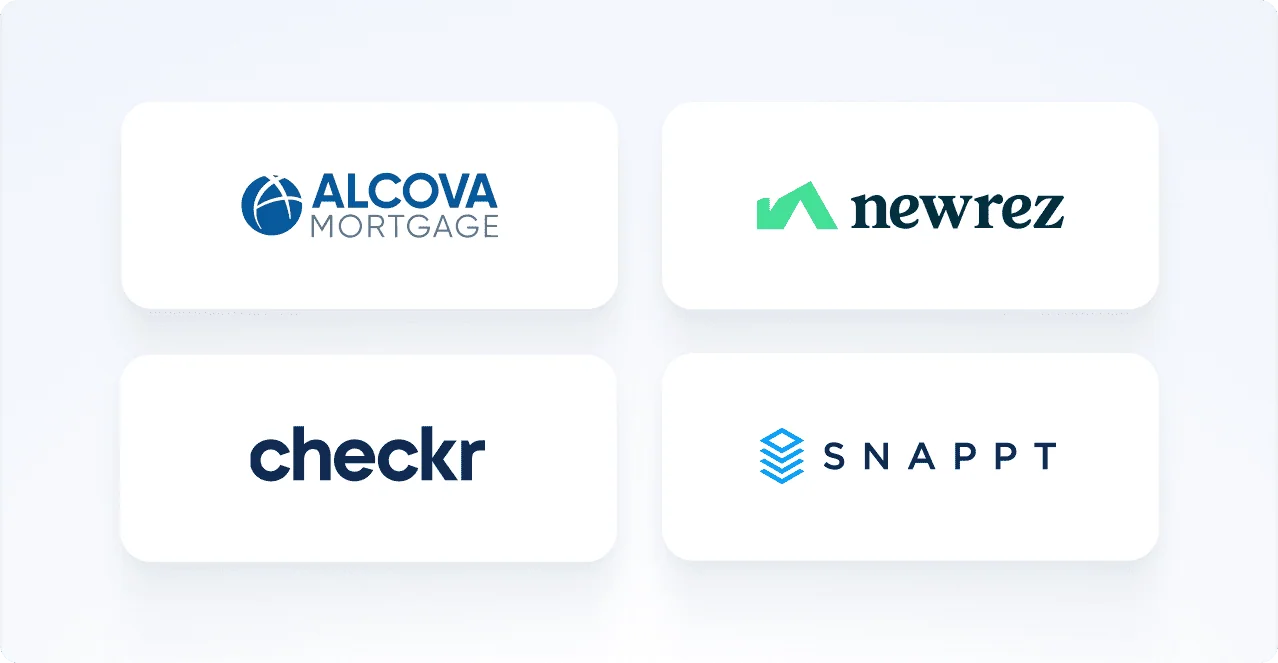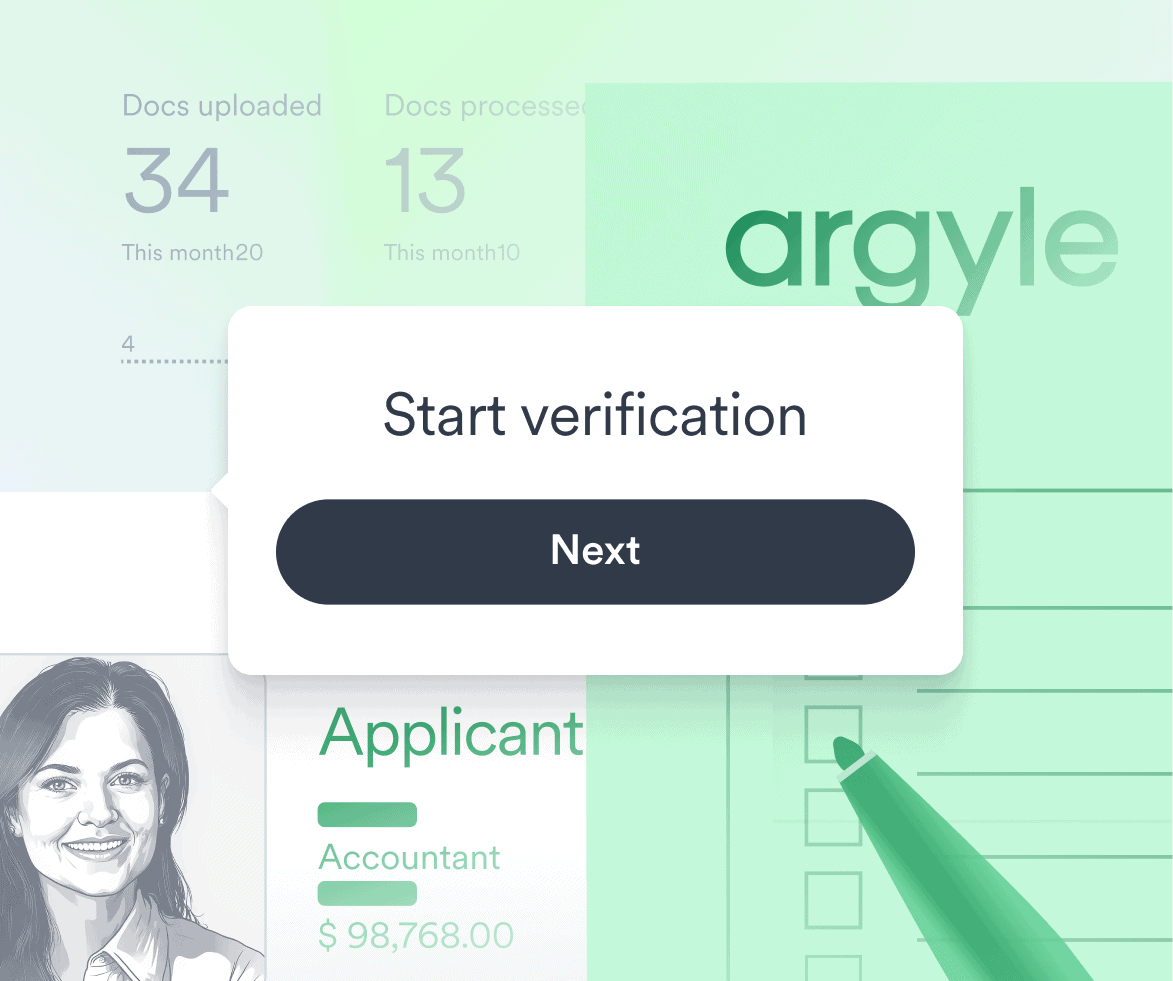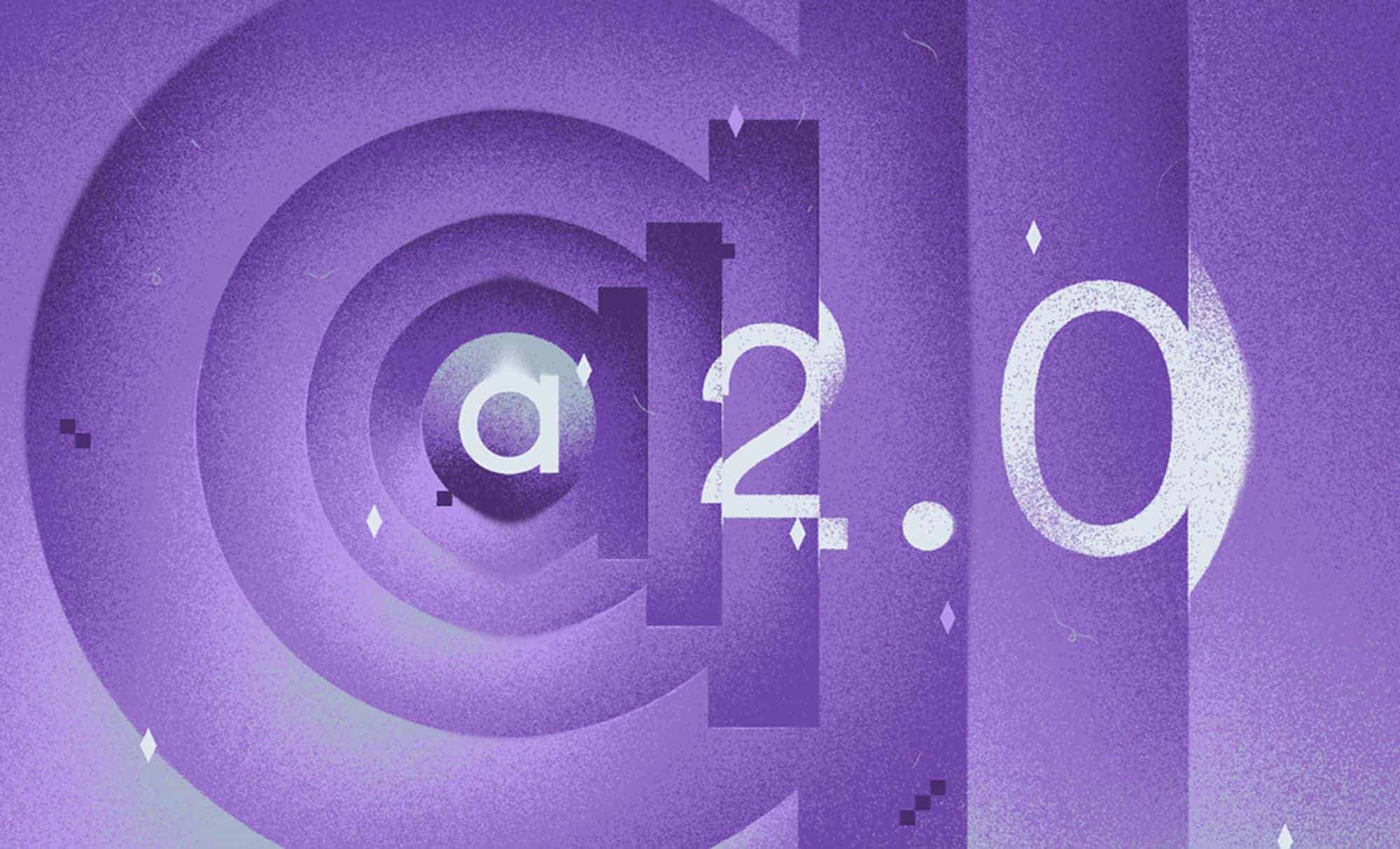Why real-time payroll connections yield fresher data, truer insights, and higher conversion rates when verifying income and employment
If evaluating consumers’ qualifications for financial services like mortgages, personal loans, or auto loans is an important part of your business, then you likely consider banking data a vital part of your underwriting process.
Banking data can tell you many things, including a borrower’s cash flow rhythms, spending habits, and recent payments. And today, open banking solutions like Plaid are making these transaction details easy to access by allowing you to integrate with and tap into a borrower’s bank account.
That said, banking data has some pretty serious gaps when it comes to verification of income (VOI) and employment (VOE)—which can only be filled by connecting to a borrower’s payroll account and streaming income and employment data directly from the source.
Below, we lay out three things you can get from Argyle’s direct-source income and employment data that you can’t get from banking data. Together, they build the case for why payroll connections offer better insights for modern lenders.
1. Real-time access to income and employment activity
Banking data can only indicate what a borrower has made in the past, not what they’re making now. That’s because, for an income deposit to appear in a borrower’s bank statements, it must first be processed and issued by the borrower’s payroll provider and sent through ACH payment rails, which can take several business days to post to an account. In the worst cases, payouts are issued via paper paycheck, to be manually deposited whenever a borrower sees fit.
Since most pay cycles are still two weeks or longer, that means a borrower’s income data could be weeks (or even months) old by the time you see it on their bank statement—and you’ll have zero visibility into anything that’s happened since.
Argyle’s direct payroll connections retrieve income and employment information in real time for up-to-the-minute VOI and VOE data. That means you get an active view of earnings as they’re earned, as well as automated alerts with any notable change—like a raise or a layoff.
Keep in mind, too, that a borrower’s employment details—like the number of hours they’ve worked, which can help you calculate wages they’ve already earned—or even their current employment status don’t appear anywhere on their bank statement. But Argyle’s direct-source access gives you a shift-level, hour-by-hour record of their work activity.
2. A comprehensive view of income—before it’s split between different accounts
A borrower’s income can end up in any number of places. Research suggests that the average consumer has more than five bank accounts (often at several different banks), with deposits split between them. And before any of this happens, their wages are already divided up between taxes, pay withholdings, and 401(k) contributions.
That means banking data from one account provides a partial view, at best, of a borrower’s actual income. And it doesn’t recognize or categorize any variable gross-income components like bonuses or commissions that could offer a deeper understanding of their earning patterns. You can spend substantial time and resources developing complex algorithms that estimate a borrower’s total income from what’s in their bank statements—but, most of the time, you’re missing the bigger picture. That can lead you to make flawed credit decisions that miss key opportunities for revenue or even put your bottom line at risk.
On the other hand, Argyle’s direct payroll connections offer a holistic view of a borrower’s net and gross income, including every distribution setting.
Additionally, Argyle offers coverage for the 58+ million U.S. consumers (approximately 36% of the total U.S. workforce) who identify as gig workers, while open banking platforms do not. These borrowers are often paid out at the end of every shift by having their wages pushed directly to branded debit cards issued by gig employers like Uber and DoorDash. Because these payouts never make it into a bank account, they’re missed entirely when you consider banking data alone.
3. Optimal conversion rates
According to one study, 42% of U.S. consumers are concerned about the security of sharing their bank account credentials with third parties, and 24% are “only slightly” or “not at all” comfortable doing so. That puts lenders who rely on banking data at a significant disadvantage, as they start with only a small pool of borrowers who are willing to connect their bank accounts—and even those borrowers may drop off at some point during the process.
In contrast, Argyle consistently sees hit rates of 50%+, demonstrating that most borrowers are willing and able to connect their payroll account through our platform.
Case in point: Banking platform Moves Financial initially asked its customers to connect their bank account via Plaid early in the product journey, but engagement was low. After replacing this flow with Argyle’s Income & Employment Verification solution and asking customers to connect their payroll account instead, they saw conversion rates jump 300%.
“There’s a comfort factor that crosses people’s minds when it comes to their bank account. Banking data is very sensitive, and most people are hesitant to enter those credentials.” – Matt Spoke, CEO, Moves Financial
The bottom line
Banking data is good at a great many things, but it doesn’t paint a full picture of income and employment. To verify borrowers quickly and confidently and make the smartest possible lending decisions, you need accurate, up-to-date financial data—the kind that only comes directly from payroll.
Optimize your verifications with industry-leading payroll connections
To learn more about Argyle’s Income & Employment Verification solution and direct-source data, reach out to a member of our team.










